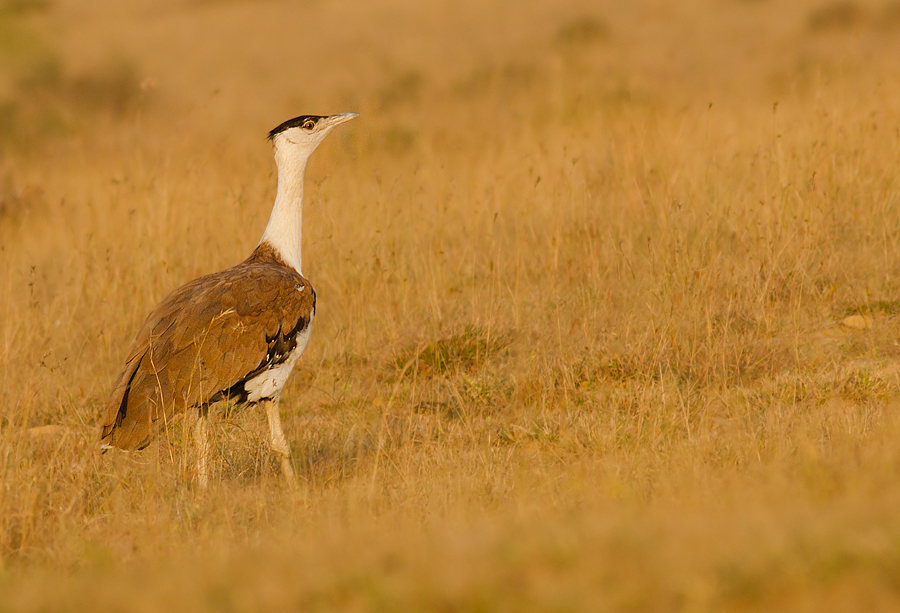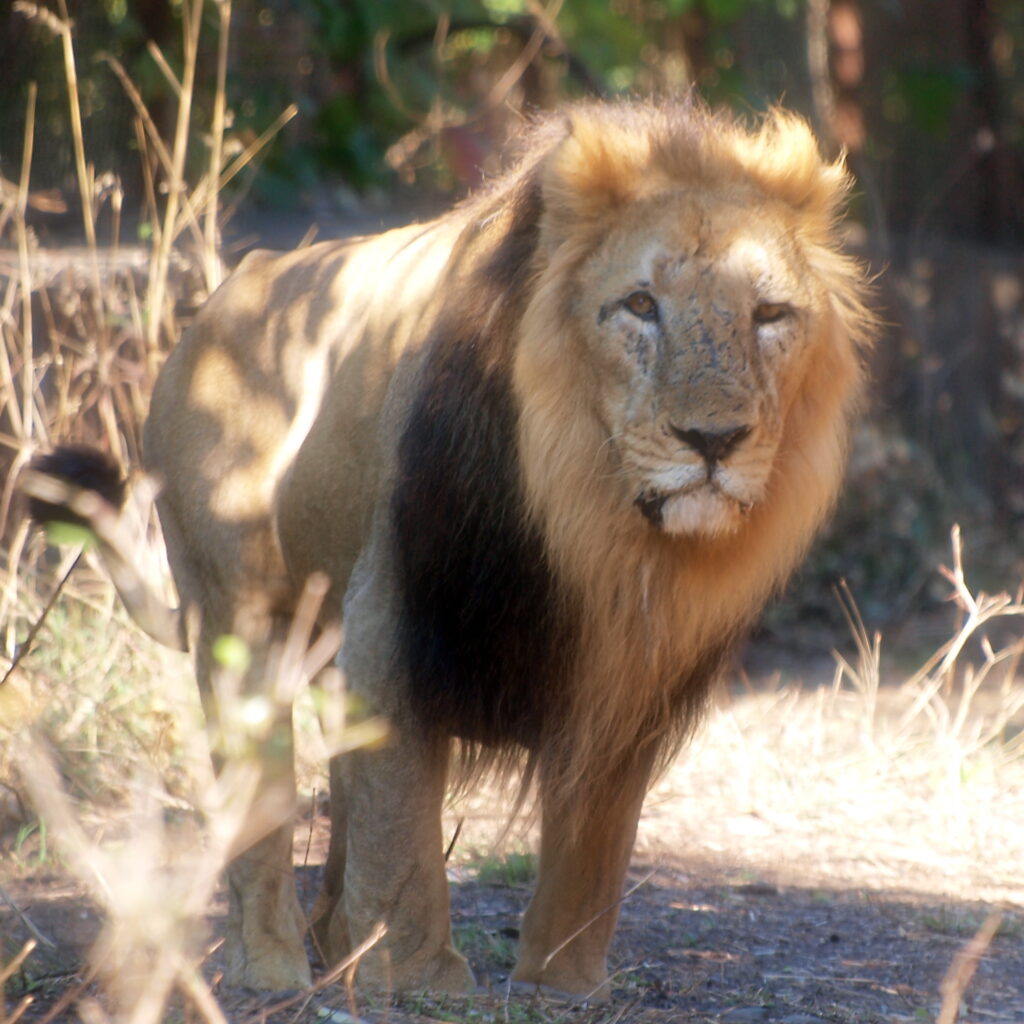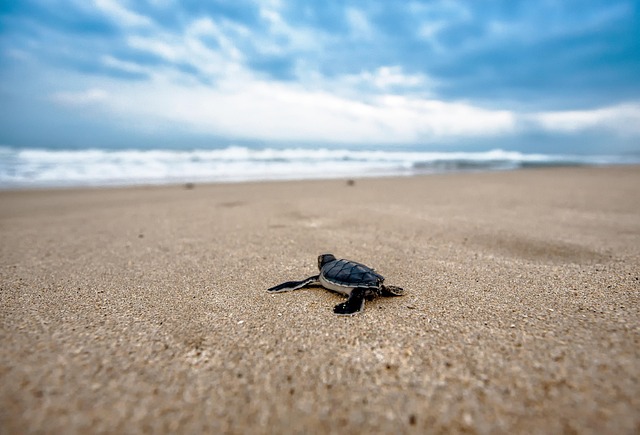Millions of years ago, an Olive Ridley turtle hatched from its egg laid on a beach in Orissa. It then began its arduous seaward journey and later the struggle for survival in the marine world. But years later, spanning thousands of kilometres, it returned, to the land of its birth to nestle eggs in the safe sands and bring forth the next generation.
Centuries have passed, but this annual behaviour of hundreds of Olive Ridley turtles returning to their birthplace and themselves nesting en masse has remained unchanged. The only change that has occurred is that of Orissa’s beaches, no longer considered safe.
The endangered Olive Ridley sea turtles constitute the smallest but the most numerous of the seven species of sea turtles, and are famously known for their unique annual behaviour of mass nesting, a phenomenon known as “arribada” (Spanish for arrival).
Along the Orissa coast of India, such unique, enormous nesting aggregations occur at three sites viz., Gahirmatha, Devi and Rushikulya. Of these three, Gahirmatha provides the site for the largest congregation of nesting turtles. In fact the state government is sure that the Gahirmatha rookery represents about 50 per cent of the world population and 90 per cent of the Indian population of the sea turtle.
In coastal Orissa, the area of confluence between a river and the sea is a fascinating ecosystem. Also called the inter-tidal area, the land here is constantly under the influence of salty sea tide and also of the sweet river water. Thus, it is covered with mangroves and is the breeding ground of several marine forms such as fish, molluscs and prawns.
It is in search for this food that sea turtles come and spend a significant part of their life annually in the region. From October till May the waters here become the feeding and breeding ground of the Olive Ridley turtles. Although sporadic nesting carries on all through the year, it is during these six-seven months that an entire generation of the turtle is born simultaneously.
However, behind the rose coloured glasses is a picture far grimmer and uglier. The mass nesting of Olive Ridley turtles at Gahirmatha takes place between December and March and the first arribada is sometimes followed by a second one of much lower intensity after a gap of 35 – 60 days. However, recent trends in mass nesting here indicate a failure of the second arribada. What once was a phenomenon that stretched along 15 km of the mainland beach has now restricted to a four-km long beach.
At the Devi rookery mostly sporadic nesting occurs. The Rushikulya rookery is the southernmost nesting point for the turtles and though the arribada occurs here each year, neither this nor the Devi rookery are protected areas, much to the dismay of conservationists.
Problems galore
Unknown to the sea-faring turtles, the beaches are becoming more and more uninhabitable for them each day. From the time they start feeding in the water, till the hatchlings emerge after 45 to 60 days of fertilisation inside the nesting pits, the turtles fight threats from all directions.
The most significant of the problems is fisheries, where accidental catch and the use of trawlers and gill nets, lead to death of many turtles. Modification of the beaches through plantations and through development of ports, etc too adds to the threat. Strong illumination around nesting beaches greatly disorients the adult turtles as well as the hatchlings.
Pollution of on-shore ground and off-shore waters by the discharge of effluents from industries and commercial establishments only leaves the area in a more derelict state. Natural calamities, soil erosion, climate change, and the danger of predators like feral dogs, jackals, hyenas etc. are the dangers that turtles have to naturally cope with.
Divided interests
There are many forces in Orissa today that are working in favour and also against the presence of Olive Ridley turtles. What is of graver concern is those who wish to conserve the beaches are a divided lot.
While conservationists like the international NGO, Greenpeace are against the modifications of the beaches in any way for the sake of the turtles, the fishermen lobbying against government led urban and industrial developments think it will hamper their marine fish trade and are fighting not for the turtles but for their own interest.
The core issue really is the lack of systematic coastal management that capacitates turtles protection, fish production and also infrastructure strengthening. Turtles have immense mythological importance in Indian culture and their coming back to the Orissa shores, year after year, is nothing less exclusive than the Taj Mahal we are so proud of.
What then is of extreme importance is to give these creatures of habit the little they ask for from humans- some peace, some space and clean and clear waters where they can pass on the traditions of their ancestors in the most unhindered way. For the avatar that took the burden of an entire mountain on its back for the benefit of humanity, turtles really ask for just a bit of material sacrifice from humans.
Original Publication: Deccan Herald
Date: 1 November, 2011
Link: Waiting for arribada



